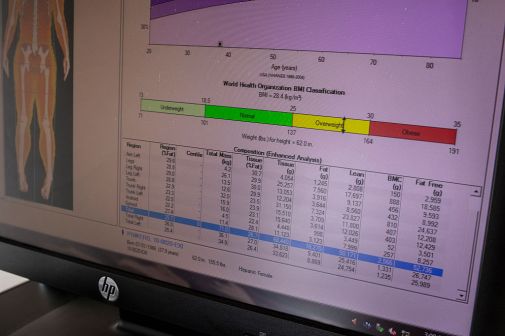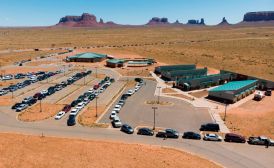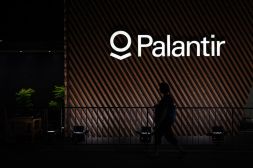Feds using innovation, data to help Flint water crisis

When disaster strikes, like the ongoing drinking water contamination crisis in Flint, Michigan, federal health officials want to use data, connectivity and crowdsourcing to better help the affected population.
Nicole Lurie, assistant secretary for preparedness and response for the Department of Health and Human Services, spent time this week in Flint surveying the response efforts on the ground. She pointed to innovation, and particularly crowdsourcing, as a way to help residents there.
“Are there ways that we can crowdsource information from the citizens of Flint?” she asked during a brief return to Washington, D.C., Thursday to speak at a town hall event hosted by the HHS IDEA Lab, before racing off back to help the efforts in Flint. “Is there simple testing that people can do at home and post on a website, so just like people found all of the oiled birds during the Deep Water Horizon crisis and went and cleaned them off, we could be crowdsourcing data on water quality and responding to it … or crowdsourcing information about who doesn’t have water filters installed and doing something about it?”
There’s a big opportunity for innovation to get drinkable water to the citizens of Flint, she said. She called on scientists to find new ways to get drinkable water to the citizens of Flint, she said.
“I’d love at the end of the day to be able to put a little piece of filter paper, a dipstick under the tap and have people be able to report their water quality,” Lurie said, playing off the suggestion of an audience member.
HHS’ biggest asset, in terms of innovation around response, tends to lie in the wealth of data generated by its different operating divisions, she said. But often when disaster strikes, first responders are left scrambling without a good sense of where the American they serve are and what life-dependent ailments they might live with because the data is separated in different silos — a piece of the puzzle lost from the rest of the bigger picture.
“Health departments in general have no idea who lives” where, she said. “A health department not knowing those people are there is frankly not acceptable.”
By piecing together data from sources like the Centers for Medicare and Medicaid Services, though, she said HHS is able to get a better sense of the people who might need help during a disaster. For instance, there’s no official directory of people who depend on electronic medical devices, and without electricity during a storm, they face a perilous situation. So Lurie has made it her personal goal to make sure HHS knows who those people are and where they are.
Because CMS provides more than 85 percent of the nation’s durable medical equipment, HHS is able to piece together, at least a large portion, of “who they are and where they live” through that data.
“We have a system where within a couple hours of request, CMS is a response agency — it now makes available in real-time … a password-protected website that has the names and addresses of everybody who’s got water-dependent durable medical equipment,” she said. In Flint, the department has used this system to visit those citizens and make sure they have the clean water they need for procedures like dialysis and tube feeding.
Her advice to members of the department and innovators interested in helping out: “Just leverage the data we have to do good things with it.”
A step beyond that, Lurie hopes to make it so all medical devices will signal on their own when they encounter such problems. She thinks by the end of the year, based on work of the National Institute of Standards and Technology, there could be international standards for how medical devices transmit information.
“That then provides the opportunity for many more innovators and inventors to come into this space, and there will be a marketplace and a market for people who can monitor these devices,” Lurie said.
Lurie wants to continue this innovative work. Her office plans to open “a large innovation lab with a gigantic sort of simulation, visualization space in the basement of the O’Neill Building,” which houses the ASPR office. She said it will be “space for everybody to work and play and innovate.”






